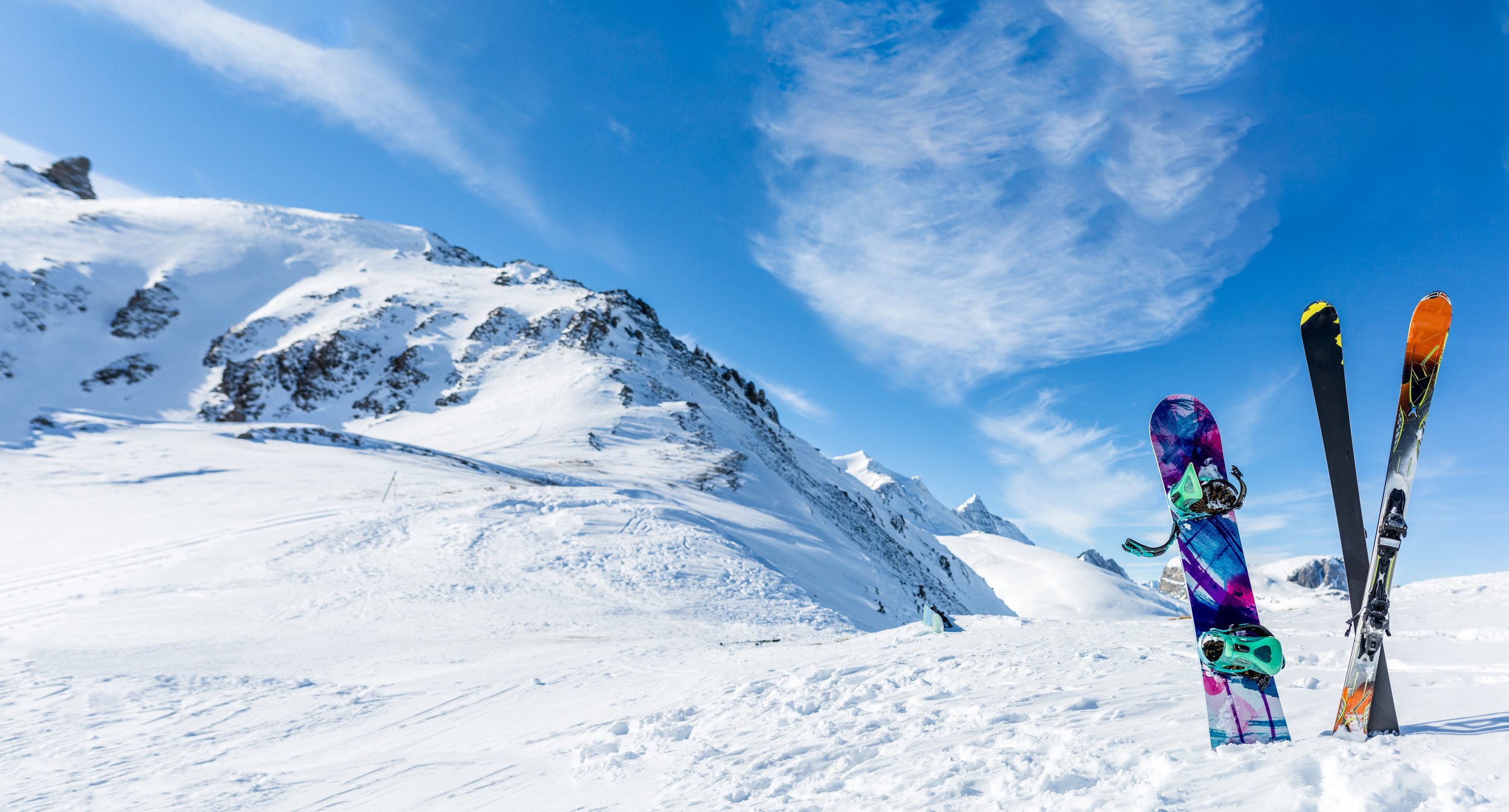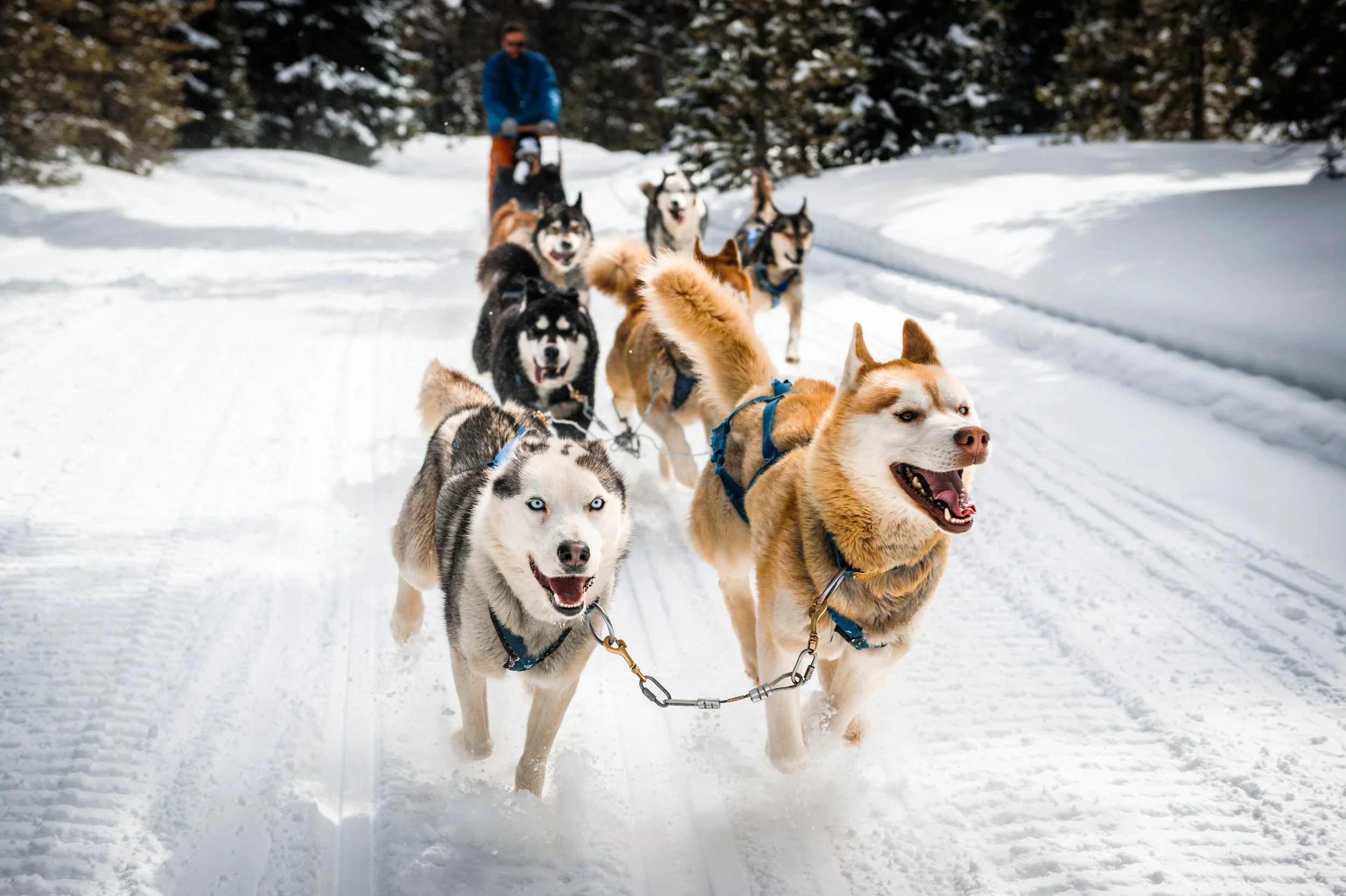Local Information
Skier’s Responsibility Code
Skiing and snowboarding can be enjoyed in many ways. You may see people using alpine skis, snowboards, telemark skis, cross-country skis, and other specialized equipment such as that used by the disabled. Regardless of how you decide to enjoy the slopes, always show courtesy to others and be aware that there are elements of risk in skiing that common sense and personal awareness can help reduce. Observe the code listed below and share with other skiers and riders the responsibility for a fun and safe mountain experience.
Always stay in control, and be able to stop or avoid other people or objects.
People ahead of you have the right of way. It is your responsibility to avoid them.
You must not stop where you obstruct a trail, or are not visible from above.
Whenever starting downhill or merging into a trail, look uphill and yield to others.
Always use devices to help prevent runaway equipment.
Observe all posted signs and warnings. Keep off closed trails and out of closed areas.
Prior to using any lift, you must have the knowledge and ability to load, ride and unload safely.
Know the code. It’s your responsibility.
This is a partial list. Be safety conscious.

Guest Activities
“We come for the winters, and stay for the summers.”
Locals and visitors alike have been learning about the truth behind this statement for years … if you haven’t experienced a summer in Summit County, then now is the time to see what you’ve been missing! When the snow melts away, a “mountain” of activities is uncovered! Consider these:
Spring/Summer Activities
Mountain and Road Biking: Summit County offers more than 50 miles of paved and unlimited miles of unpaved biking paths. Experience a variety of tours from the novice to the expert. Each ride providing scenic views, fresh mountain air and plenty of exercise!
White Water Rafting: “Run the rapids” of the Colorado, Arkansas, or Blue Rivers! Whether you’re ready for the thrill of your life, or just want to float leisurely, white water rafting to suit your taste is right at your fingertips! Half-day, full-day and overnight expeditions are available. Prices are dependent on the length of the trip and type of adventure chosen.
Golf: The ultimate in relaxation and beauty … golf in the Rockies! The altitude will give your drive extra distance, but don’t be deceived … duffers and pros are always challenged by the quality golf courses offered in Summit County.

Horseback Riding: Enjoy scenic trail rides, dinner and breakfast tours, or discover an authentic mining town … on horseback! Summer is the perfect time to enjoy this popular activity. Pack trips, fishing trips, pony and hayrides are also available!
Hot Air Balloon Ride: There is no better view of Breckenridge than high above the clouds. Sail through the air and take in the aerial views of some of the most beautiful mountain ranges Colorado has to offer. Trips depart in the early morning hours.
Tennis: For the really fit, tennis in the Rockies offers a great challenge! Keystone has 12 outdoor courts, located across from Keystone Lodge on Highway 6. Breckenridge has four outdoor courts at Carter Park, located in town on High Street (free to the public). The Breckenridge Rec Center offers indoor and outdoor courts.
Jeep, ATV, and Hummer Tours: Travel into the backcountry … visit ghost towns, deserted gold and silver mines … enjoy spectacular views of the high country! Tours include hourly jaunts into the wilderness or day-long trips. Breakfast and dinner tours are also available. This adventure is a must!
Fishing: The “one that got away” will undoubtedly be caught as the Division of Wildlife annually stocks the Lake Dillon reservoir with approximately 200,000 fish! Summer fishing is abundant at the Green Mountain, Silverthorne Pond and Lake Dillon Reservoirs. The Blue River is a gold medal trout stream for catch and release fly fishing.
Peak 8 Fun Park In Breckenridge: Don’t think that just because the snow is gone that the slopes are dormant! The Alpine Super Slide offers fun for the whole family. Enjoy a scenic ride 11,000 feet up Peak 8 via the Colorado Superchair, with the human maze, putt putt golf, and children’s center.
Summit County also offers an abundance of activities. Sail on Lake Dillon or brave the heights on balloon tours! Breckenridge boasts summer festivals and performances such as the Breckenridge Festival of Film, Backstage Theatre, Kingdom Days, Breck Bike Week, and more. Train rides, day trips to fascinating destinations such as Rocky Mountain National Park, Royal Gorge and Pike’s Peak, not to mention bargain buys at the Silverthorne Factory Outlets. Summit County has something for guests of all ages and interests.
To book your summer adventure today or if you have any questions, please call the Breckenridge Welcome Center at 877-864-0868.
Things To Do
Winter Activities
Skiing / Snowboarding: Enjoy thousands of acres of terrain for some of the best downhill skiing and snowboarding in North America. Enjoy Breckenridge Ski Resort, Keystone Resort, Loveland, Arapahoe Basin, Copper Mountain, Vail and Beaver Creek ski resorts.
Cross Country / Snowshoe Tours: Make your own tracks as you glide through the endless trails of our National Forests, take a guided tour or make your way to a yurt for a truly unique dining experience.
Dinner Sleigh Rides: Take a step back in time on a scenic horse-drawn sleigh through snow-covered terrain. When you reach your destination, you can warm up and be spoiled with the food and beverage of your choice.
Dog Sledding: Feel the rush as a team of Siberian huskies pull you through the snow-covered mountain meadows. You take the helm and “mush” your team to the beautiful backcountry of Summit County.
Snowcat Tours: Climb the mountain at a steady pace with the mountain scenery unfolding before you. These heated, two-track machines will transport you to the best in backcountry skiing and riding in Colorado.
Snowmobiling: Come explore Colorado’s Rocky Mountains. Cruise over hills and through the woods of both groomed and ungroomed terrain. Single or double riders permitted. Guided or unguided.
All activities are subject to change due to seasonality and weather conditions.
High Altitude Tips
Sponsored by: Bluebird Oxygen
The mountains of Colorado are among the most beautiful parts of America and we hope you will enjoy every minute of your visit. But some of the very features that make the high country so attractive may cause problems unless you recognize and know how to prevent them.
Here’s why:
As you go higher, barometric pressure decreases, the air becomes thinner, and less oxygen is available. It’s also colder and drier, and the ultraviolet rays from the sun are stronger. Each of these changes may have an unpleasant effect on your body.
This can cause Acute Mountain Sickness (AMS), which can affect anyone.
Altitude
Many popular resorts are 8,000 to 9,500 feet above sea level; Breckenridge sits at 9600 feet above sea level, home to the highest lift in North America, Imperial Express at 12,480 feet.
You will probably notice that your breathing is faster or more profound, and you may feel short of breath, especially when you exercise. This is the body’s first and most effective response to altitude. Your heart is likely to beat faster also; this is a helpful normal reaction.
However, you may also develop a headache, nausea, or unusual tiredness; some people even have trouble sleeping. Depending on the altitude, 20% to 40% of all visitors from near sea level have one or several of these symptoms, which we call Acute Mountain Sickness or AMS. Many sufferers describe AMS as similar to a severe hangover.
In high-altitude environments, you may experience:
DizzinessFatigue
HeadacheConfusion
NauseaShortness of Breath
VomitingDifficulty Breathing
Loss of Fun
Take it easy for the first day or two. Reduce alcohol, caffeine, and salty foods. Drink more water than usual. Salt causes your body to retain fluid (edema), which increases the severity of altitude illness.
Above all – listen to your body! Don’t push. If you feel worse and worse, get help!
Minor altitude symptoms occasionally become life-threatening.
Temperature
The sun has more power in the thin air, and a bad sunburn can spoil your stay. No matter how tanned you may be, use a protective cream. “Cold sores” are aggravated at high altitudes but might be prevented by a medication (Acyclovir) that your doctor can prescribe. Snow blindness –sunburn of the eyes – is a real danger, especially on new snow, and even on foggy or cloudy days. Wear sunglasses or goggles with ultraviolet protection.
Temperature falls about three degrees Fahrenheit for every 1,000 feet of altitude and can get cold very fast. Take extra clothes. Hypothermia (low body temperature) can occur even in the summer if you are wet, wind-chilled, hungry, tired, or poorly dressed. The warning signs are clumsiness, trouble thinking or talking clearly, irritability, and confusion.
Watch for these signs in each other. If in doubt, stop, warm up, eat, and drink – and if necessary, send for help.
Most people dress appropriately in winter, but be sure boots and gloves are not wet or too tight. If you lose sensation in your face, fingers, or toes, stop, look for frostbite (numb, cold, white areas), and take time to warm up.
Water
The crisp mountain air is exhilarating, but it’s also very dry. You lose much more water than you realize in exhaled air and from sweating. Maintaining body water is essential, so drink two or three times more than usual. Fill your canteen in the hotel. Don’t drink from streams. Juices and water are better than tea, coffee, or alcohol. Remember that at high altitudes, one alcoholic drink does the work of two.
Injuries
Accidents can happen at any time to anyone, but they are more common when you are cold, tired, or hungry. Remember that lack of oxygen can impair your judgement, leading you to do foolish things. Whether hiking, skiing, playing golf, or tennis, give your body plenty of food and water to function efficiently. Don’t keep going when you’re very tired; quit while you’re ahead.
Illness
Of course, you are as likely to get a cold, flu, or upset stomach in the mountains as you are at home. But altitude illness feels very much like flu, or a hangover, and it can be a lot more serious. If you have any doubts, get medical help. Don’t let ignorance or carelessness spoil your stay.
There is great personal joy, beauty, and spiritual peace in the mountains.
Treat yourself with respect and enjoy your stay.
High Altitude Tips and Tricks
Drink plenty of water. Dehydration is more likely to occur at higher elevations.
Alcohol may worsen the likelihood of dehydration.
Some medications, like Diamox, can help with AMS, but they must be started before reaching high altitude.
Check with your doctor ahead of time.
Rent an oxygen concentrator from Bluebird Oxygen, which can be ready upon arrival. It serves 2 guests and helps during sleep.
Save 10% with promo code: REGALVBC10
No RX Required
Contact Us: 970-409-6089
bluebirdoxygen.com
1. Recent experience suggests that a small dose of Diamox suffices: 125mg the morning before you are to arrive at increased altitude, again that evening, and each morning and night for two days after arrival. SOURCE: COLORADO ALTITUDE RESEARCH INSTITUTE
This Directory Prepared By: Regal Publications
(571) 329-4264 • www.regalpub.com



